
Colored artworks
The work of color is central in any artistic work. It is even one of the first tools of the artist. It is difficult to imagine a work that would exist without the working of color - even if it is the absence of color that the artist chooses to present.
Through the ages and artistic movements, the use and meaning attributed to color evolves, but the essence of color remains the same. Every artist must master the properties of color in order to control his composition. In the restoration of paintings, color even becomes a science, because it is necessary to know the different molecules to find the colors and mixtures originally used by the artist.
In the history of art, the importance of color fluctuates according to periods and geographical areas. During the Italian Renaissance, for example, there was a debate (called Paragone) between the authority of color versus drawing: according to the schools, it is the color, and not the line, that creates the emotion and visual power of a work of art. The colors thus take on an immense importance, and assume certain meanings: white symbolizes purity for example, and blue (systematically used to clothe the Virgin Mary) is associated with divinity. These symbols are not thought of randomly: the purple for example, is used since the Byzantine era to signify the highest rank of royalty. Unlike ochre, the purple pigment came from a specific shell, and was extremely difficult - and therefore rare, and expensive - to obtain.
More generally, colors can be divided into three categories: warm, cool, and neutral. As their name implies, these classes of colors give off an atmosphere that the painter can use to influence the emotion of his work. Baroque art, for example, manipulates the contrasts between warm and cold colors to capture the power of bodies. The play of light is exalted by the effects of color. For a long time, the traditional Western school of painting required painters to reproduce the colors of the environment around them. It was the Impressionists, in the 19th century, who explored other ways of seeing - and therefore of transcribing on canvas - their chromatic environment. By avoiding complex mixtures and painting spontaneously, in the open air, the Impressionists reinvented the use of color to reproduce reality.
It was not until abstract and subjective painting that art devoted itself to color as a subject. Mark Rothko, precursor of the Colorfield Painting movement and of abstract expressionism, sees in his paintings a living organism whose color is human and whose format is transcendent. Piet Mondrian, on the other hand, sought in his paintings to approach the very essence of nature through the purity of primary colors, to achieve abstraction. The founder of the Russian avant-garde movement of Suprematism, Kasimir Malevich, will disturb the senses of everyone with his work "White square on white background", in which the color is painted only for itself. Contemporary art, photography, collage, or pop art also use in their respective ways the resources of color, exploring indefinitely all its pluralities. As Picasso said, "When I have no blue, I use red."
Artsper writes art in color: discover below a great selection of works that honor color and its properties. What better way to brighten up an interior?
Save your search and find it in your favorites
Save your search to find it quickly
Saved search
Your search is accessible from the favorites tab > My favorite searches
Unsaved search
A problem occurred


Infrastructure Abstrait
Frank De Blok
Painting - 80 x 100 x 2 cm Painting - 31.5 x 39.4 x 0.8 inch
€1,900
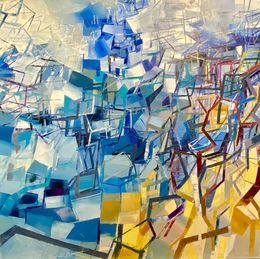
Multi-cubical Architectural Landscape
Frank De Blok
Painting - 80 x 80 x 2 cm Painting - 31.5 x 31.5 x 0.8 inch
€1,600
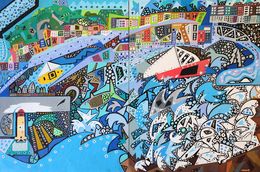
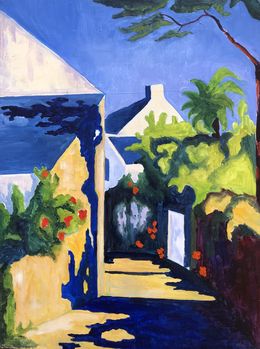
La rue des Korrigan
Odile Pinto-Corbin
Painting - 40 x 30 x 3 cm Painting - 15.7 x 11.8 x 1.2 inch
€900


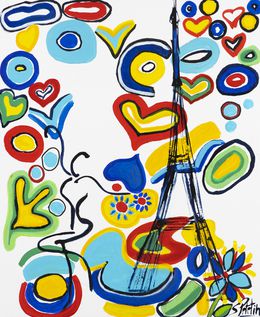


Gorille à New York
Jean Christophe Stauder
Painting - 100 x 80 x 2 cm Painting - 39.4 x 31.5 x 0.8 inch
€3,200

Lever de soleil au Portugal
Noa Grayevsky
Painting - 50 x 40 x 3 cm Painting - 19.7 x 15.7 x 1.2 inch
€1,500
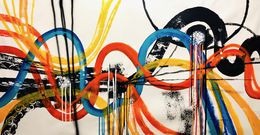
New colorful highways
Dam Domido
Painting - 110 x 210 x 0.1 cm Painting - 43.3 x 82.7 x 0 inch
€3,900
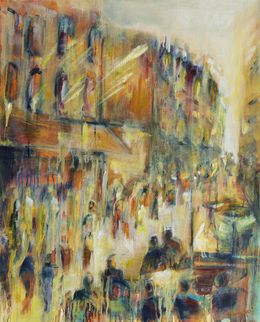
Ambiance estivale - Scène de vie urbaine
Isabelle Verdenne
Painting - 100 x 81 x 2 cm Painting - 39.4 x 31.9 x 0.8 inch
€1,940
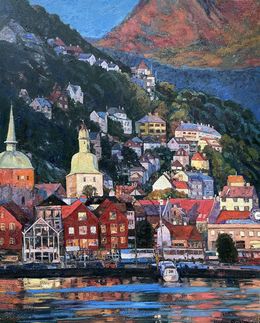
Living colors of Bergen
Nadezda Stupina
Painting - 100 x 81 x 2 cm Painting - 39.4 x 31.9 x 0.8 inch
€3,600



NEW YORK BROOKLYN, REFLETS DE PRINTEMPS
Sophie Petetin
Print - 40 x 40 x 0.5 cm Print - 15.7 x 15.7 x 0.2 inch
€129

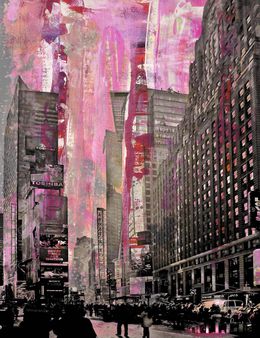
New York Color XXIV
Sven Pfrommer
Photography - 130 x 100 x 3 cm Photography - 51.2 x 39.4 x 1.2 inch
€2,090

New York Color XV
Sven Pfrommer
Photography - 120 x 90 x 3 cm Photography - 47.2 x 35.4 x 1.2 inch
€1,790

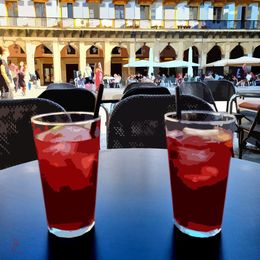
Toi et Moi
Jean-Marc Ambrosini
Photography - 60 x 60 x 2 cm Photography - 23.6 x 23.6 x 0.8 inch
€780
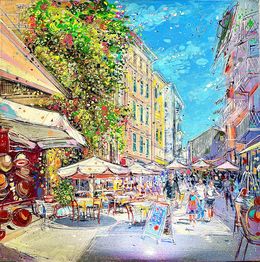
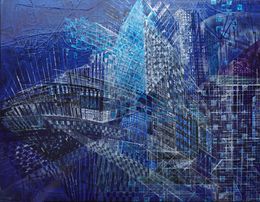
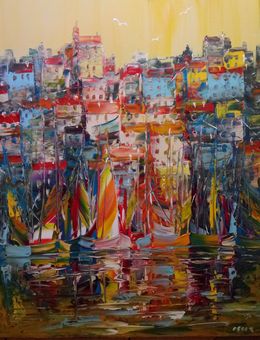
On the Quay - She Is Waiting for Me (Sur le Quai - Elle M'Attend)
Janusz Kik
Painting - 92 x 73 x 1.8 cm Painting - 36.2 x 28.7 x 0.7 inch
€345
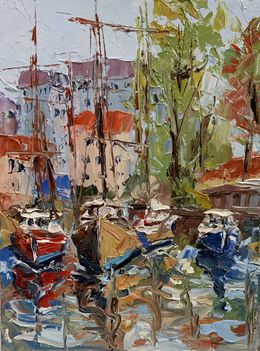
Coastal Kaleidoscope of yachts.
Schagen Vita
Painting - 20 x 15 x 0.2 cm Painting - 7.9 x 5.9 x 0.1 inch
€200
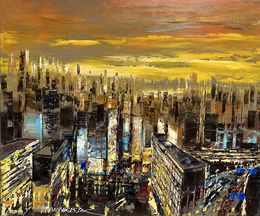
Shanghai by nightfall
Frank De Blok
Painting - 54 x 65 x 2 cm Painting - 21.3 x 25.6 x 0.8 inch
€1,400

Dreams and memories 2
Albena Vatcheva
Painting - 40 x 40 x 2 cm Painting - 15.7 x 15.7 x 0.8 inch
€850

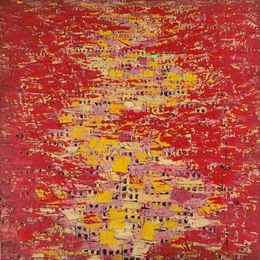

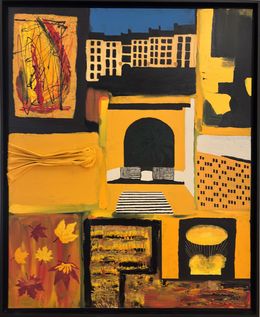
Collection Rêveries d'automne - Eclats automnaux
Thomas Jeunet
Painting - 100 x 80 x 3.5 cm Painting - 39.4 x 31.5 x 1.4 inch
€1,600


Stars, moon and night city
Lilya Volskaya
Painting - 50 x 50 x 1.5 cm Painting - 19.7 x 19.7 x 0.6 inch
€1,000

Les heures bleues
Charlotte Abecassis
Painting - 65 x 54 x 2.5 cm Painting - 25.6 x 21.3 x 1 inch
€2,300
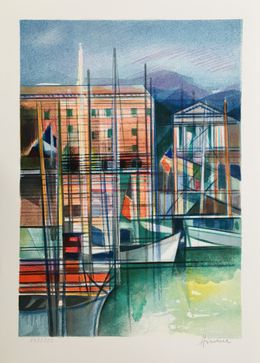

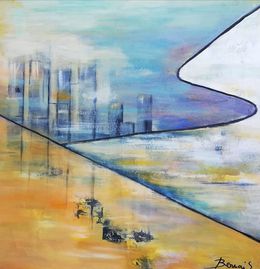
Lever du jour à Manhattan
Christiane Bernais
Painting - 80 x 80 x 3.5 cm Painting - 31.5 x 31.5 x 1.4 inch
€1,100

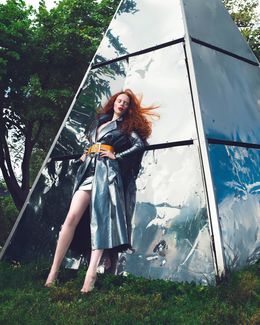
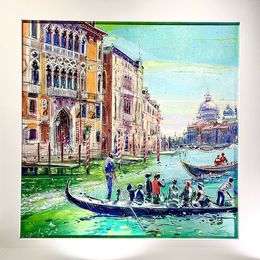

In diesem Moment
Annette Schmucker
Painting - 100 x 100 x 2 cm Painting - 39.4 x 39.4 x 0.8 inch
€2,100




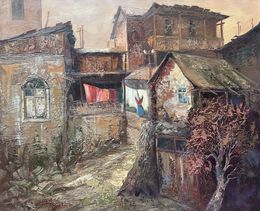
Quaint Charm of Rural Life
Kamo Atoyan
Painting - 80 x 100 x 2 cm Painting - 31.5 x 39.4 x 0.8 inch
€1,006



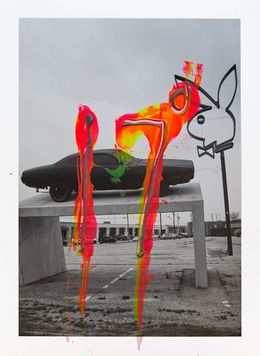
Daytona, Playboy Dallas I. Photograph intervened by the artists.
Hunter & Gatti
Photography - 29.5 x 21.7 x 0.3 cm Photography - 11.6 x 8.5 x 0.1 inch
€988
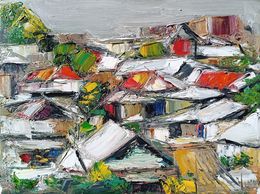

Kévin & Jessie - Nanytes - Île de Nantes - série photo couleur danse et architecture
Lucas Perrigot
Photography - 59.4 x 84.1 x 0.1 cm Photography - 23.4 x 33.1 x 0 inch
€578



Sous le soleil de Magrie
Alain Arnouil
Painting - 65 x 54 x 2 cm Painting - 25.6 x 21.3 x 0.8 inch
€600
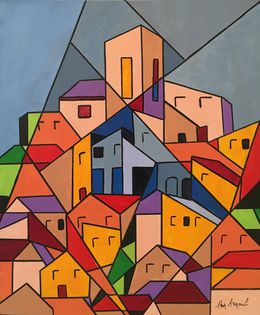




Rendez-vous au port de Guéthary
Catherine Clare
Painting - 73 x 92 x 2.5 cm Painting - 28.7 x 36.2 x 1 inch
€1,580
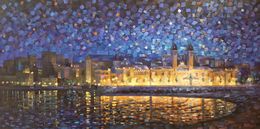
Carousel of San Sebastian
Rob Buntin
Painting - 46 x 92 x 1.5 cm Painting - 18.1 x 36.2 x 0.6 inch
€2,600
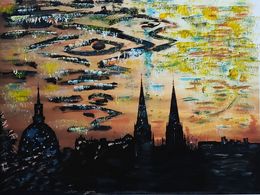
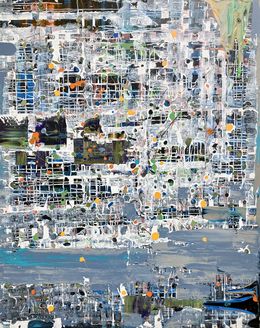
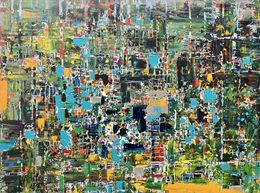

Le marché du samedi matin
Perrine Vilmot
Painting - 100 x 100 x 2 cm Painting - 39.4 x 39.4 x 0.8 inch
€2,200


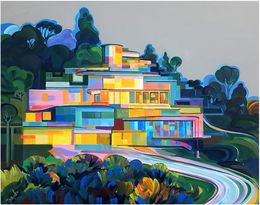
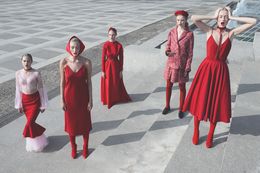

Spanish landscape
Olga Afanasiadi
Painting - 70 x 70 x 2 cm Painting - 27.6 x 27.6 x 0.8 inch
€1,700
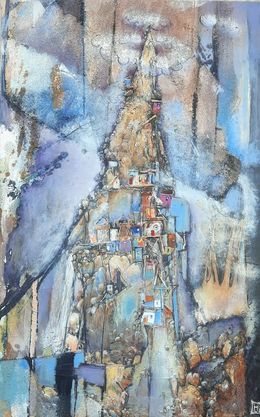

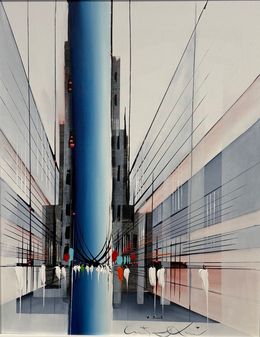
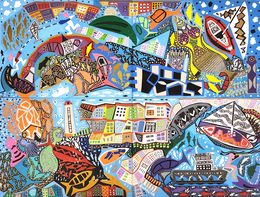
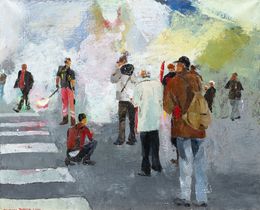
La Manif - Scène de vie urbaine figurative
Christiane Dumon
Painting - 82 x 100 x 2 cm Painting - 32.3 x 39.4 x 0.8 inch
€1,120
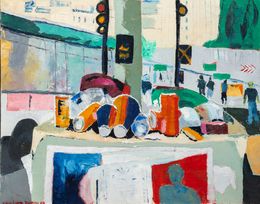
Paris autrement – Scène de vie urbaine figurative
Christiane Dumon
Painting - 73 x 92 x 2 cm Painting - 28.7 x 36.2 x 0.8 inch
€925


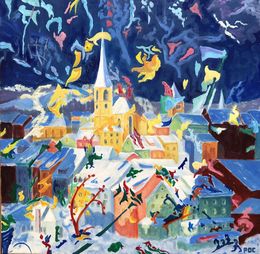
Suisse - Carnaval de Baden
Odile Pinto-Corbin
Painting - 40 x 40 x 3 cm Painting - 15.7 x 15.7 x 1.2 inch
€1,059
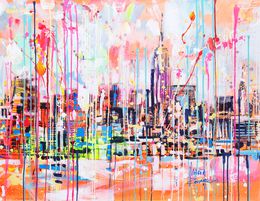

Amsterdam
Franck Savoye (Francky)
Painting - 100 x 80 x 1 cm Painting - 39.4 x 31.5 x 0.4 inch
€1,500
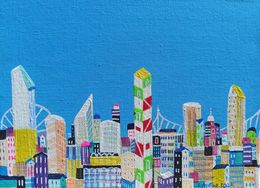
The Bright Cityscape
Katrina Avotina
Painting - 18 x 23.9 x 2 cm Painting - 7.1 x 9.4 x 0.8 inch
€346

The red of Venice
Alex Bertaina
Painting - 100 x 100 x 2 cm Painting - 39.4 x 39.4 x 0.8 inch
€4,900

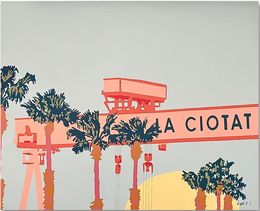
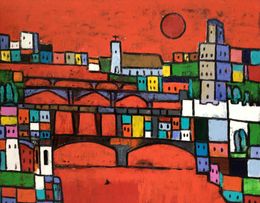
Florence rouge
Jean-Pierre Al Courty
Painting - 73 x 92 x 2 cm Painting - 28.7 x 36.2 x 0.8 inch
€2,500
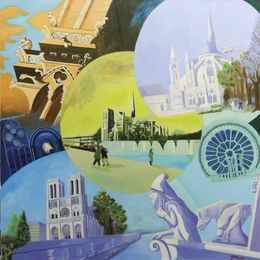
Ahasverus Juif Errant, N°61 - Notre Dame de Paris
François Milcar
Painting - 100 x 100 x 2 cm Painting - 39.4 x 39.4 x 0.8 inch
€3,500
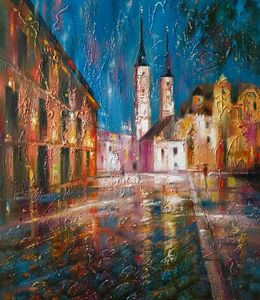
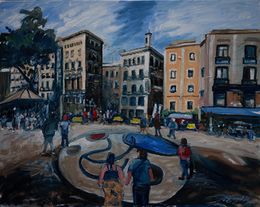

Ma Ville Fantaisie n°12
Karine Taïlamé
Painting - 70 x 69 x 0.03 cm Painting - 27.6 x 27.2 x 0 inch
€1,800

Colorindo nossas vidas
Christine Drummond
Painting - 80 x 80 x 10.2 cm Painting - 31.5 x 31.5 x 4 inch
€6,311

Une nuit d'ete a paris
Raya Sorkine
Painting - 81 x 100 x 3 cm Painting - 31.9 x 39.4 x 1.2 inch
€21,000